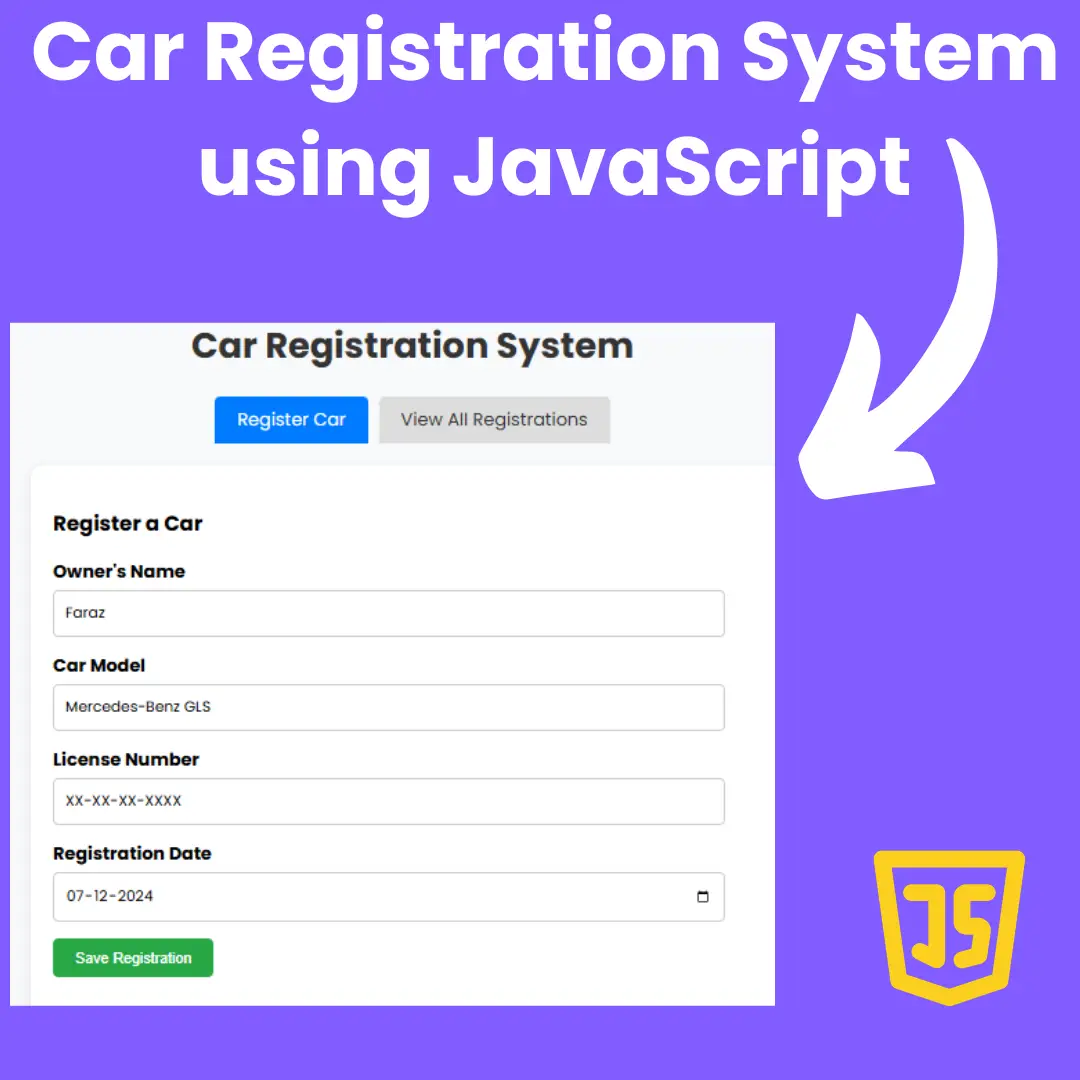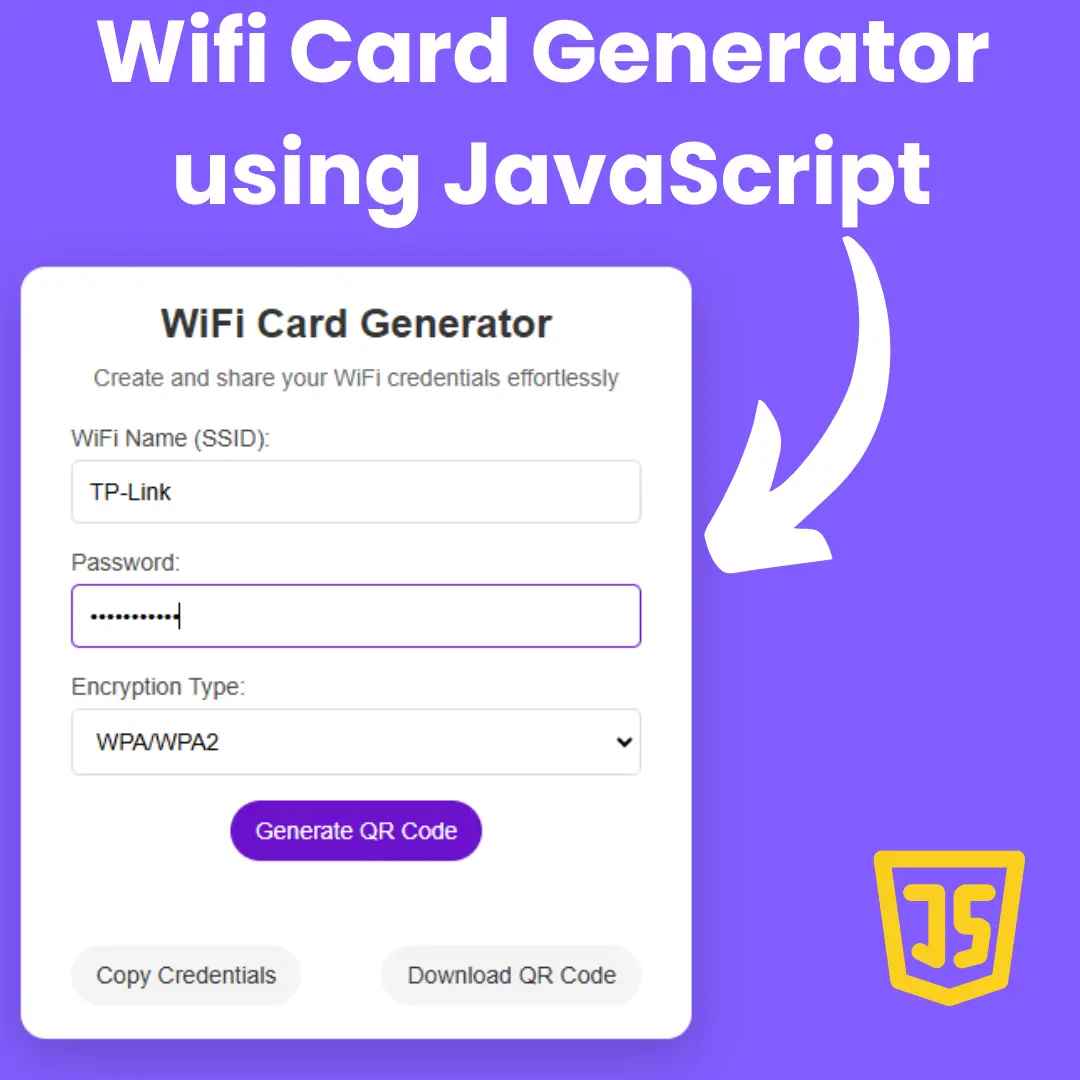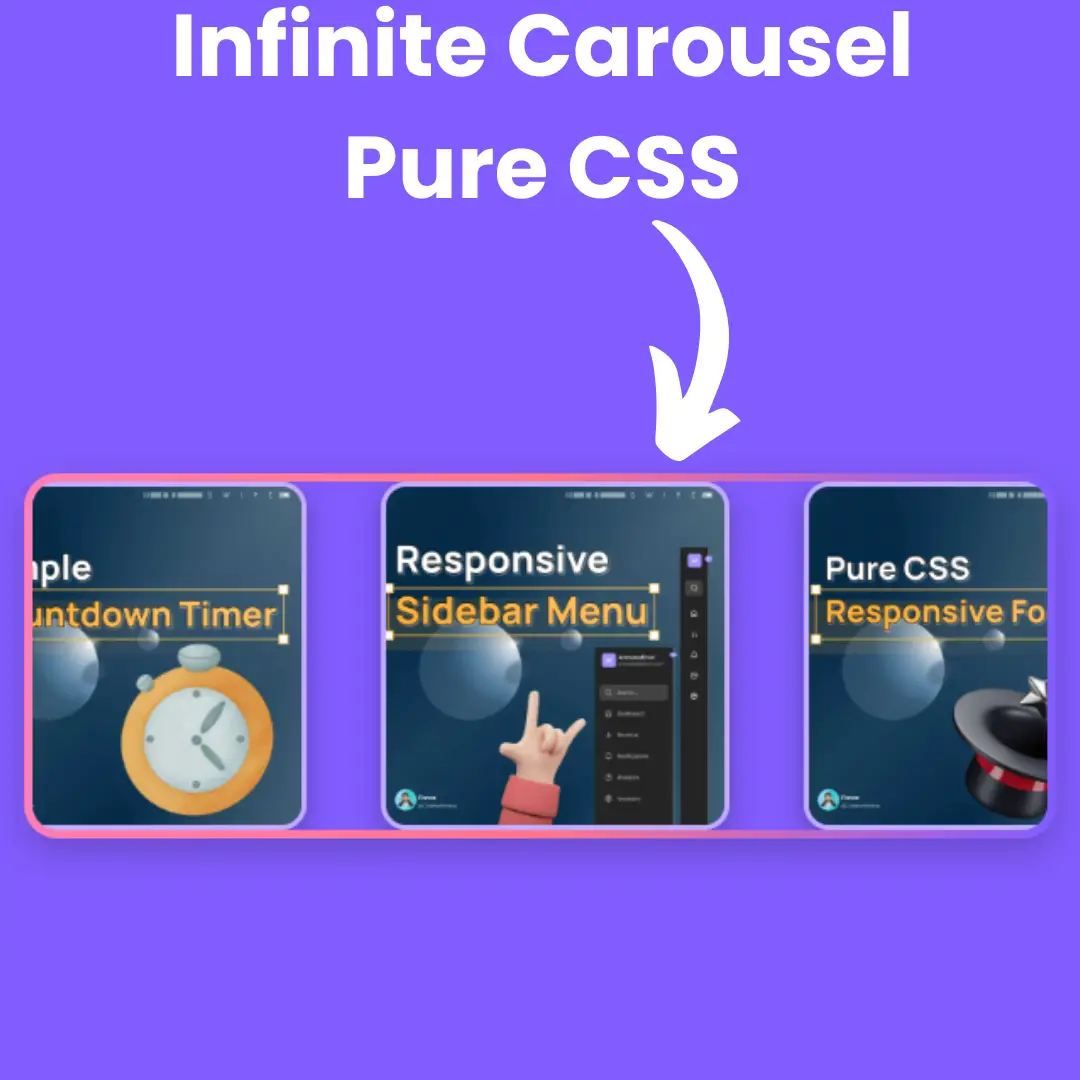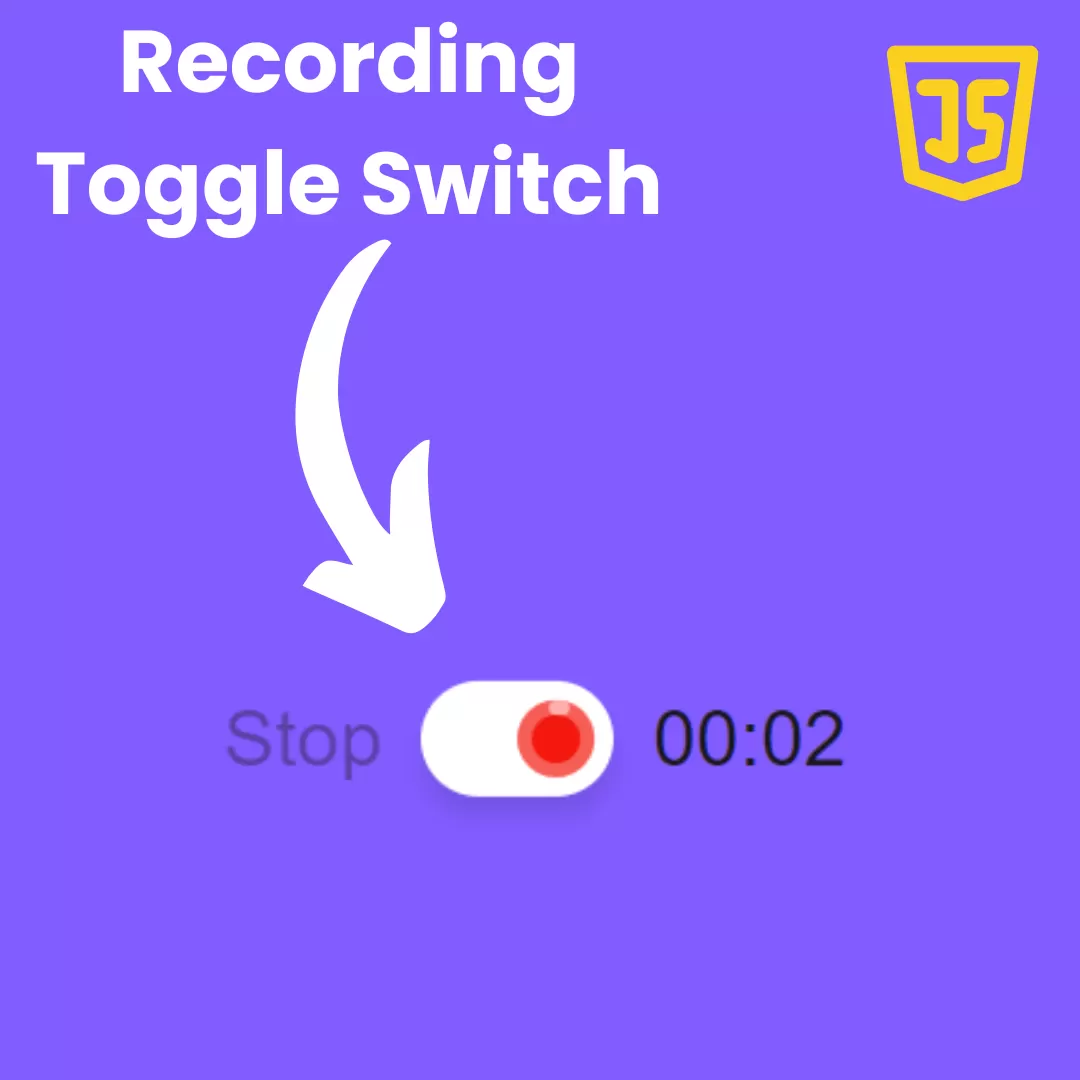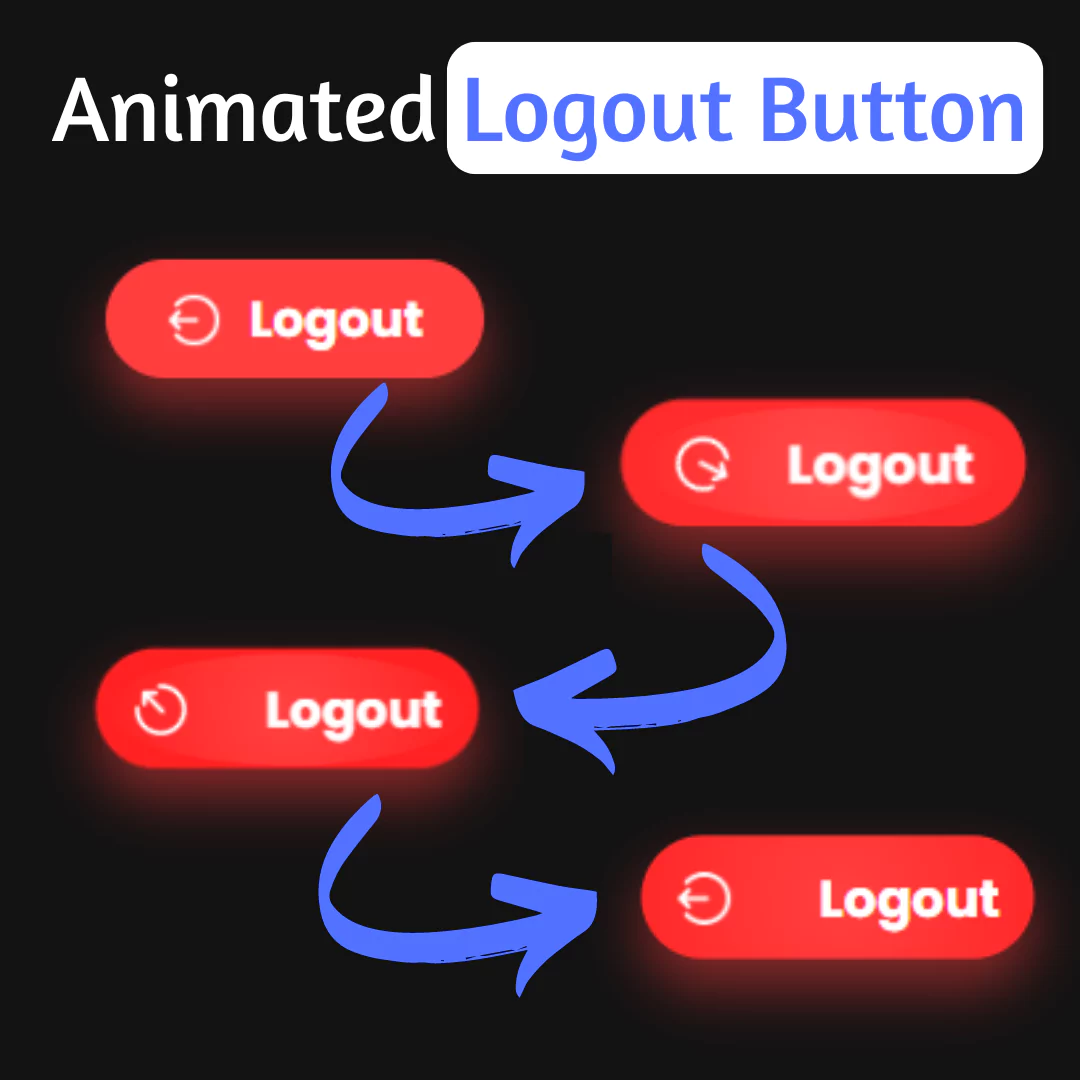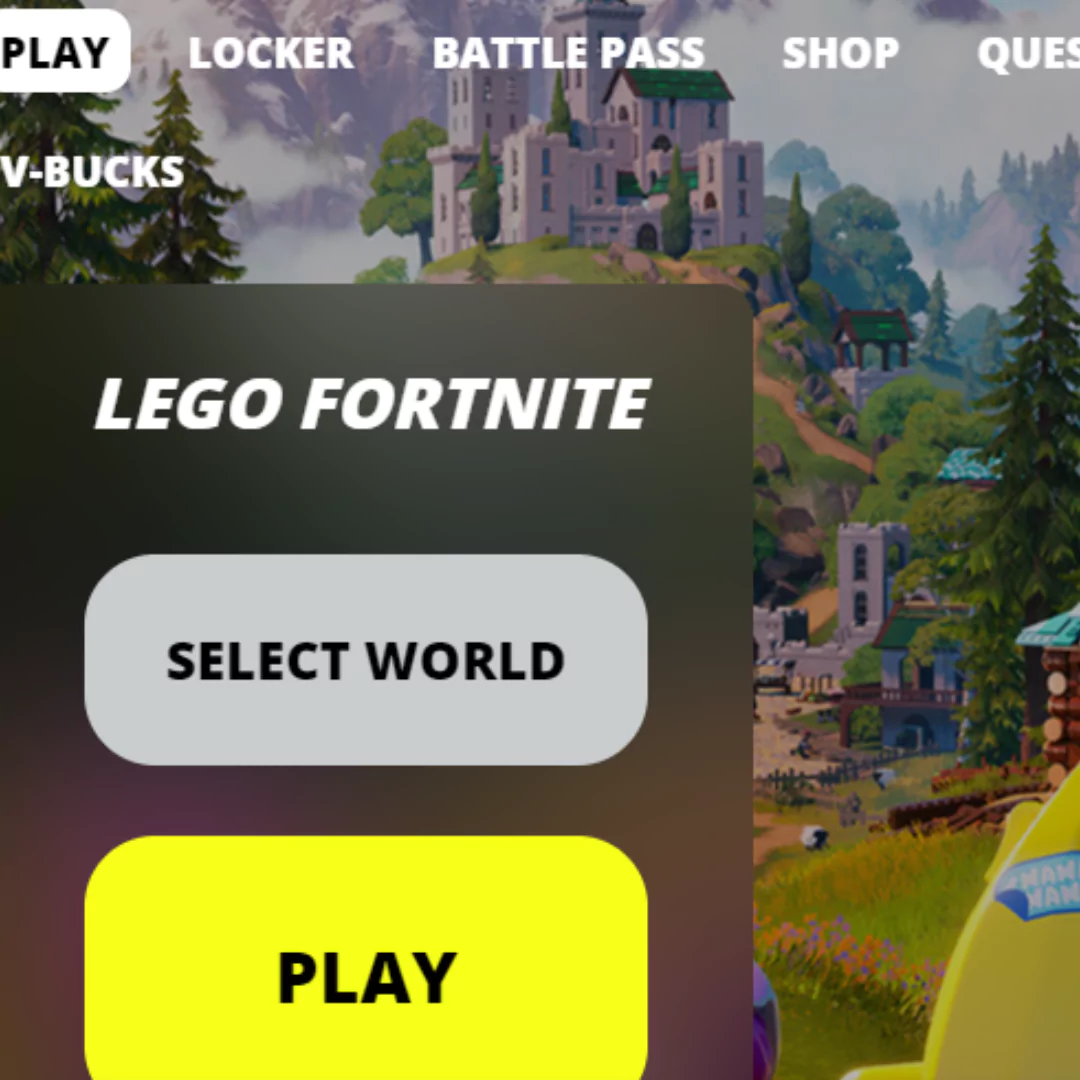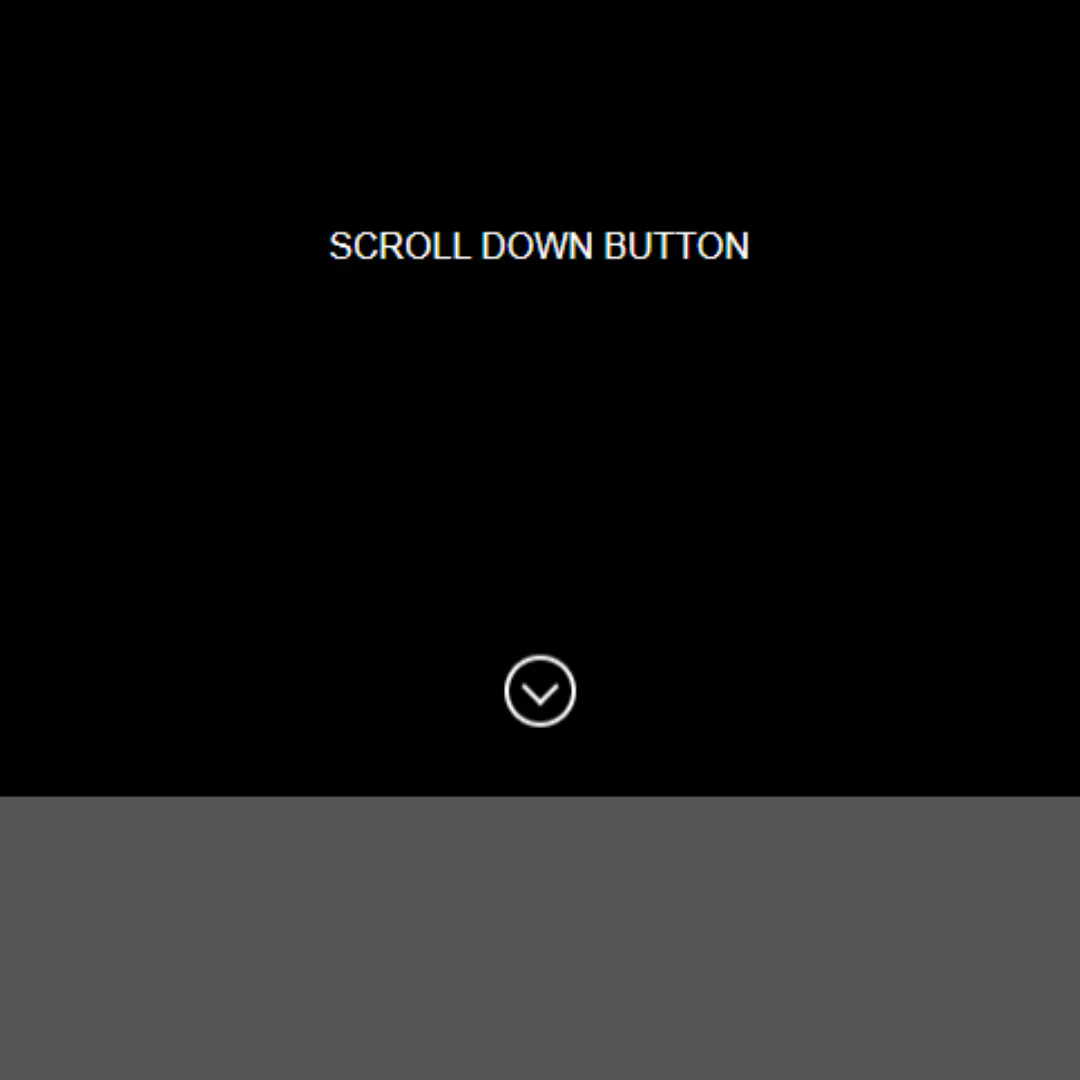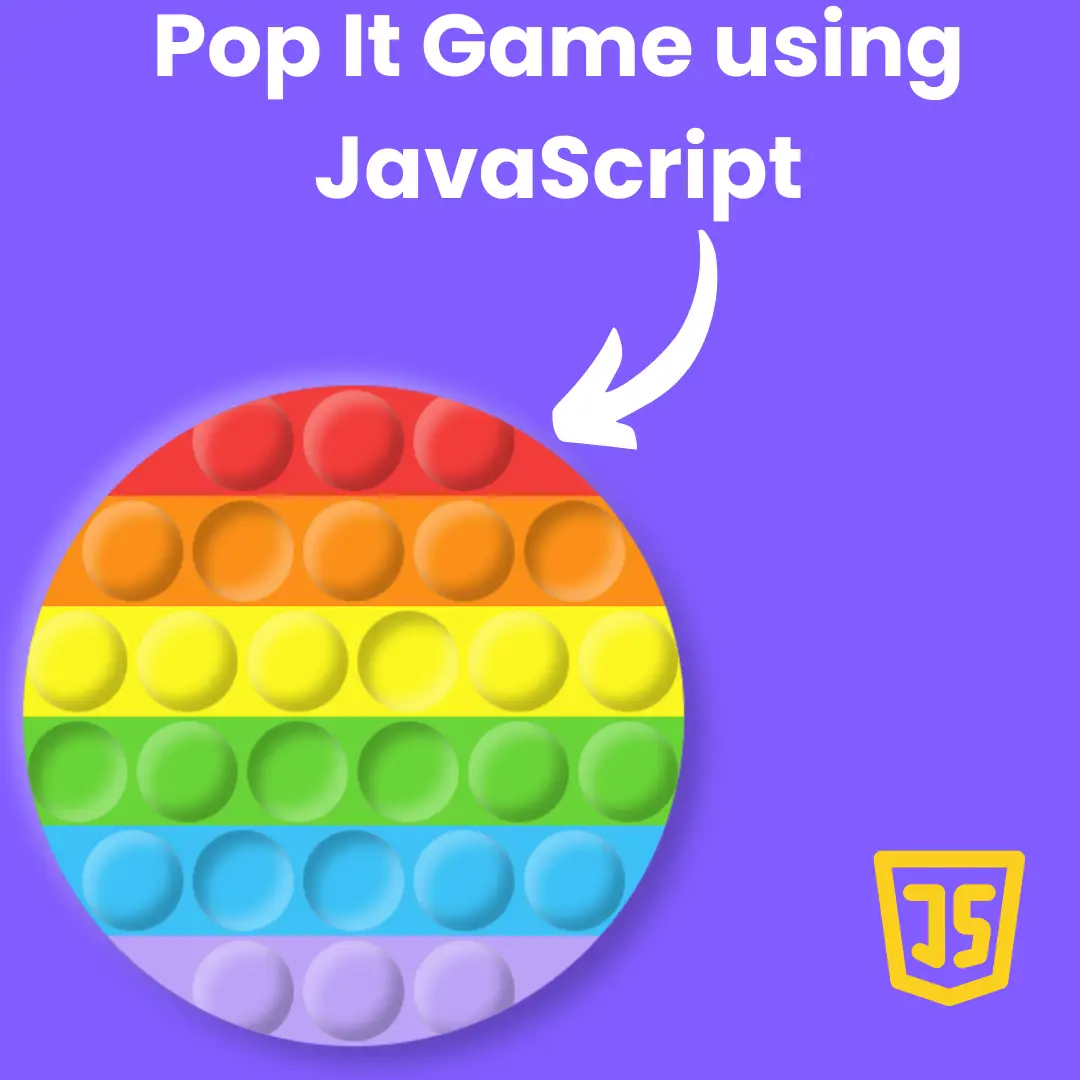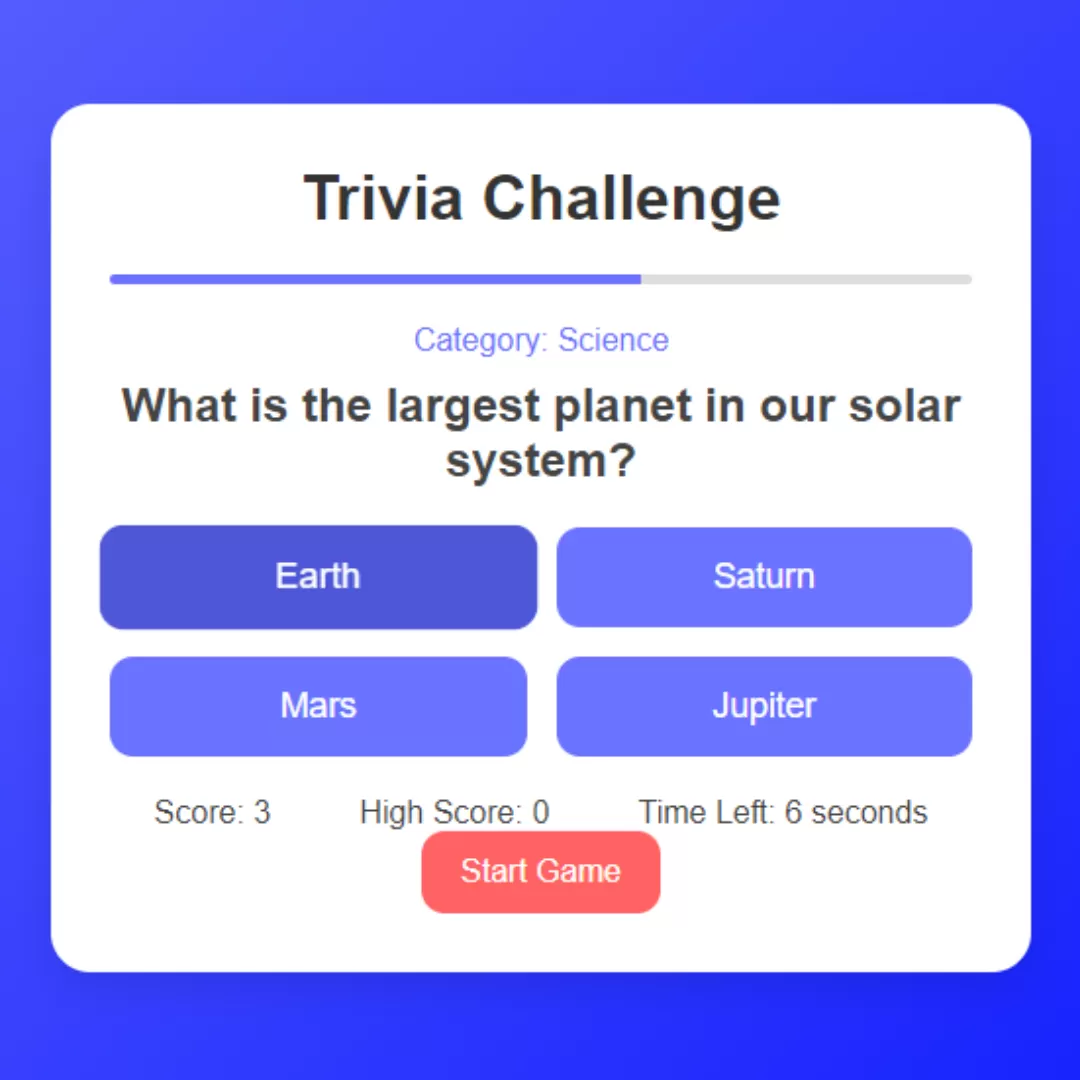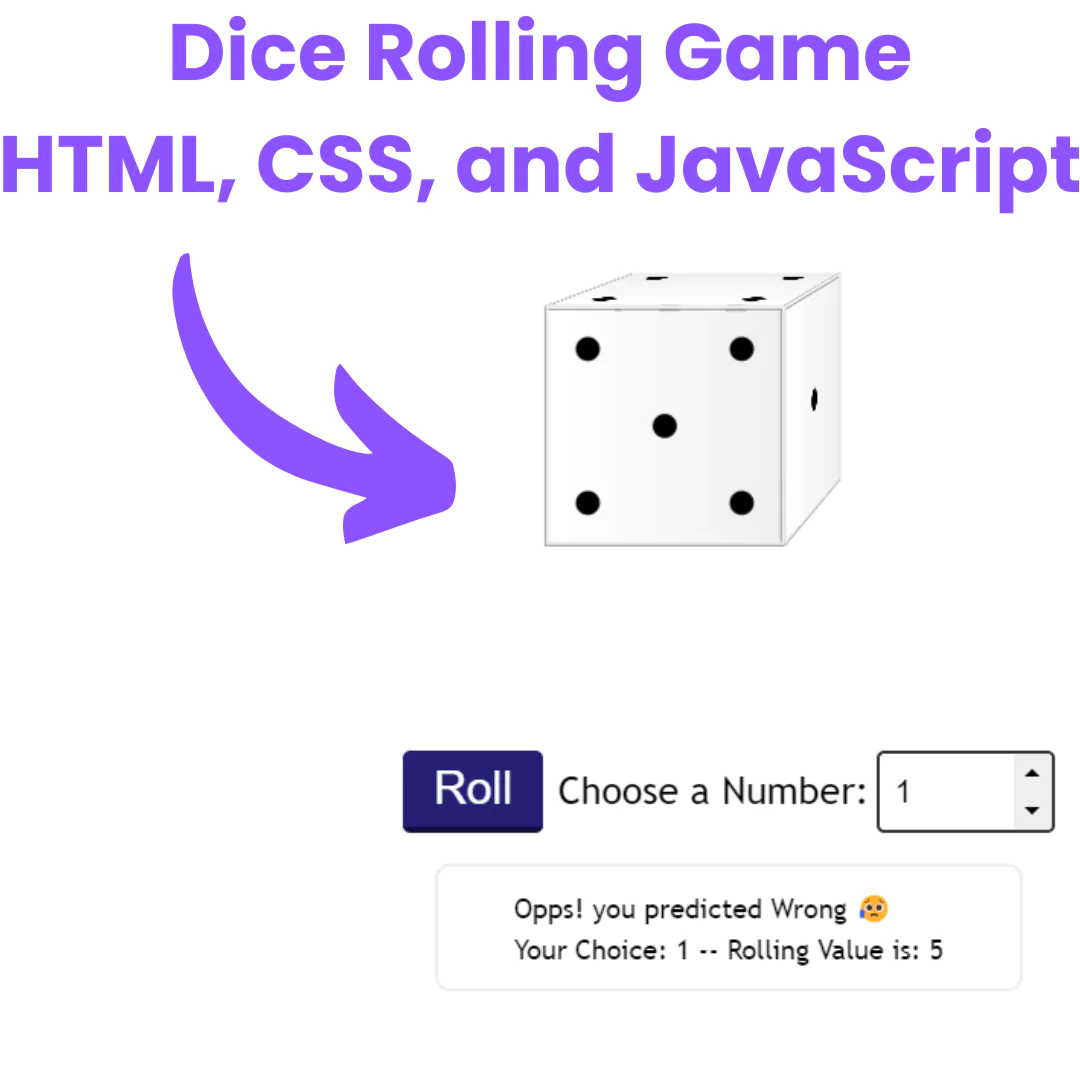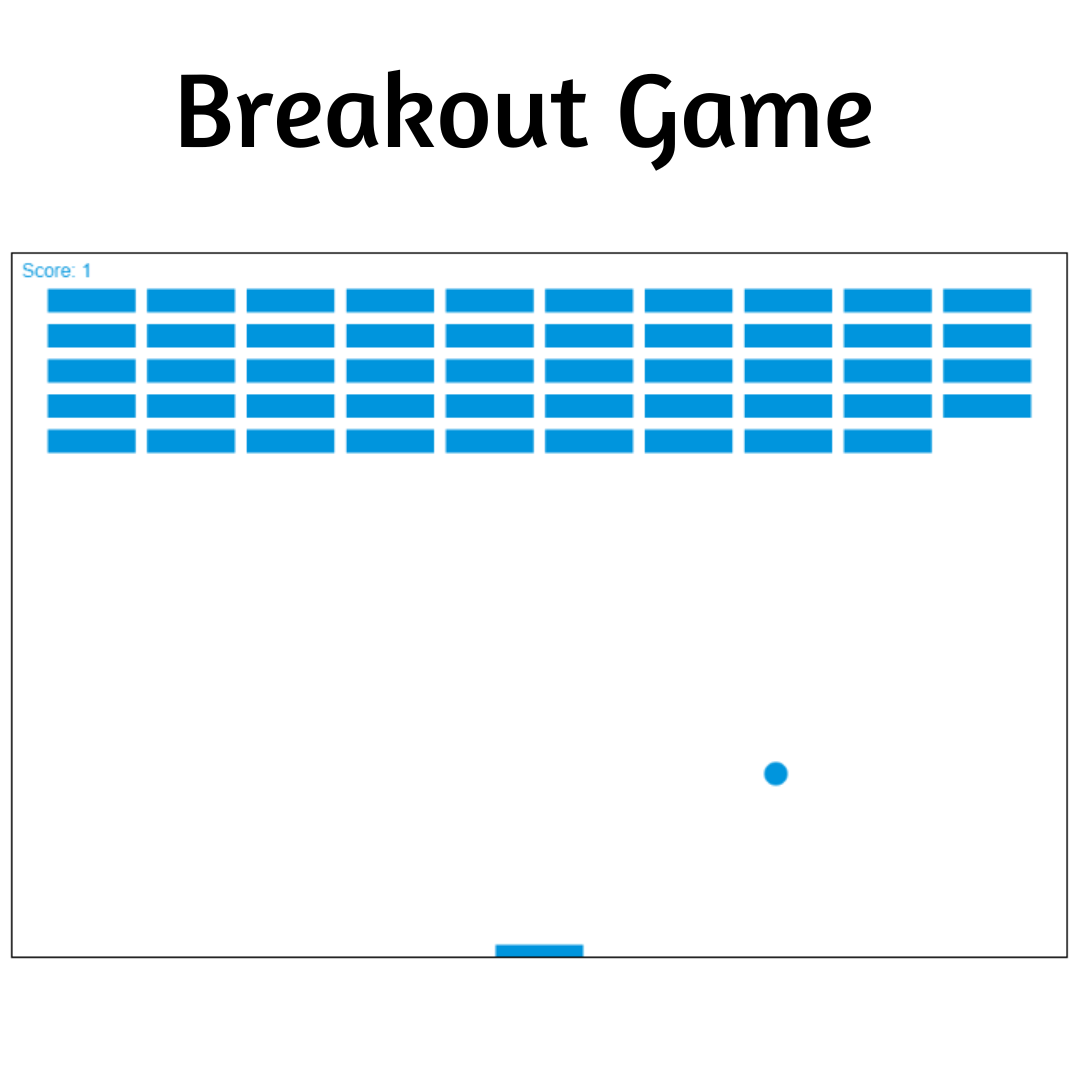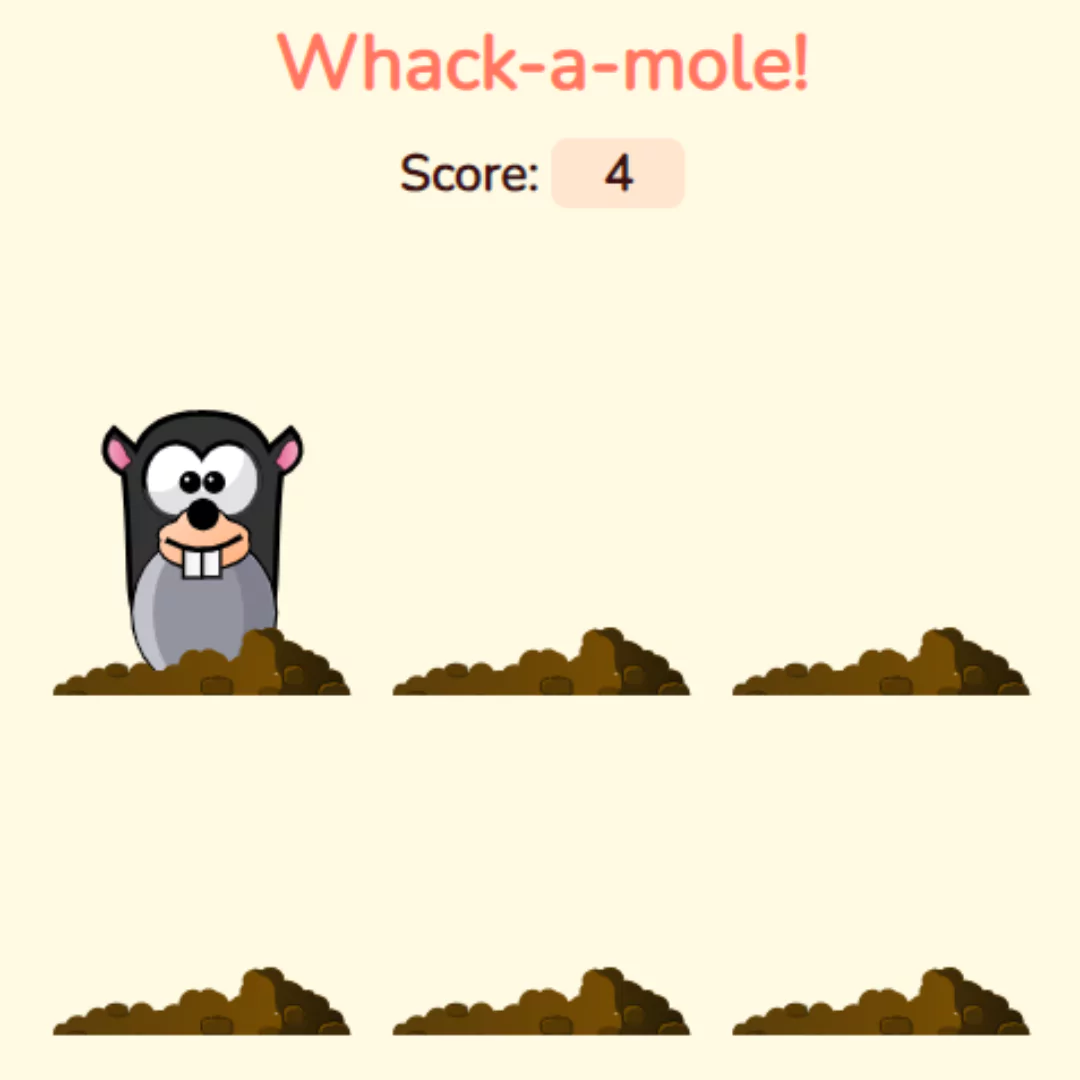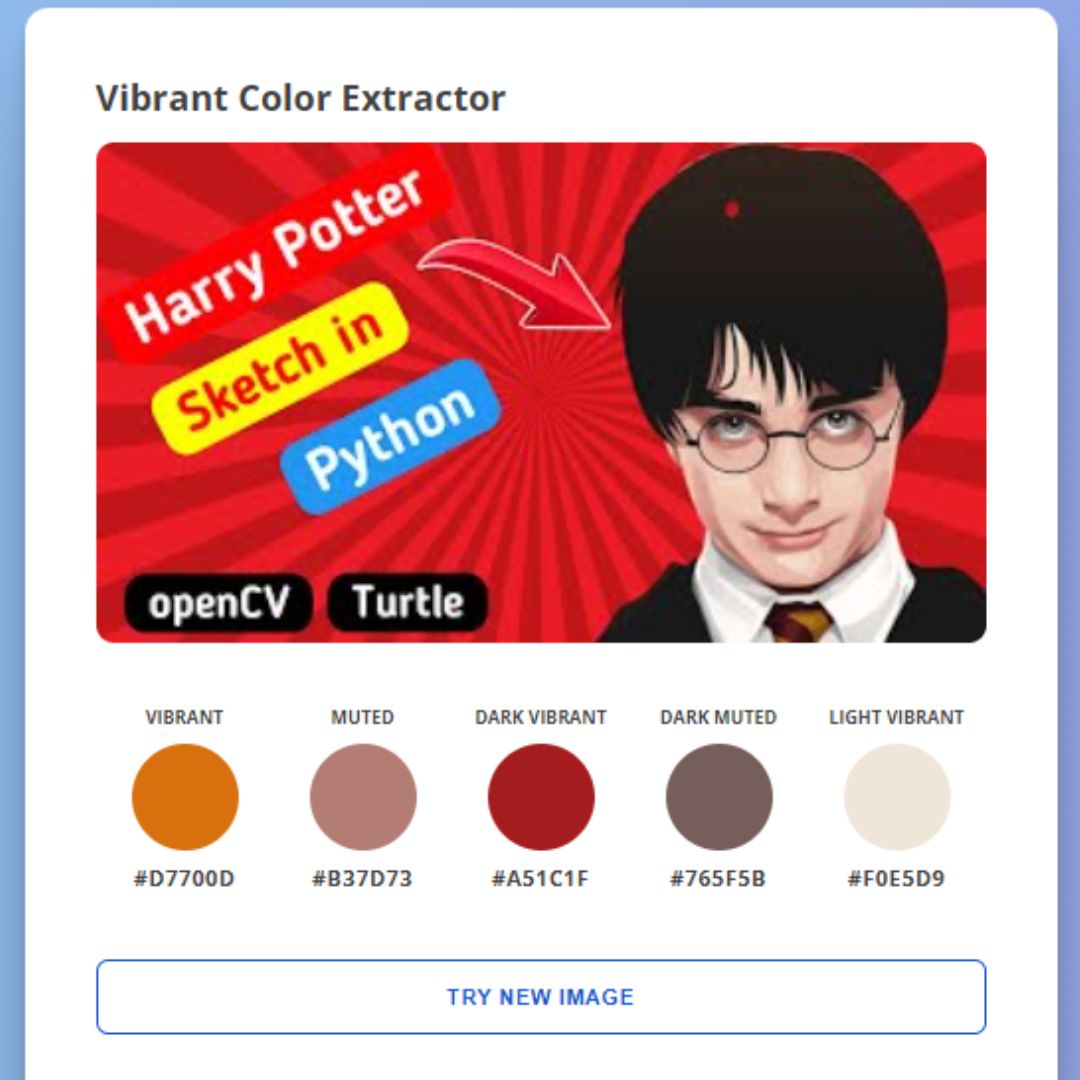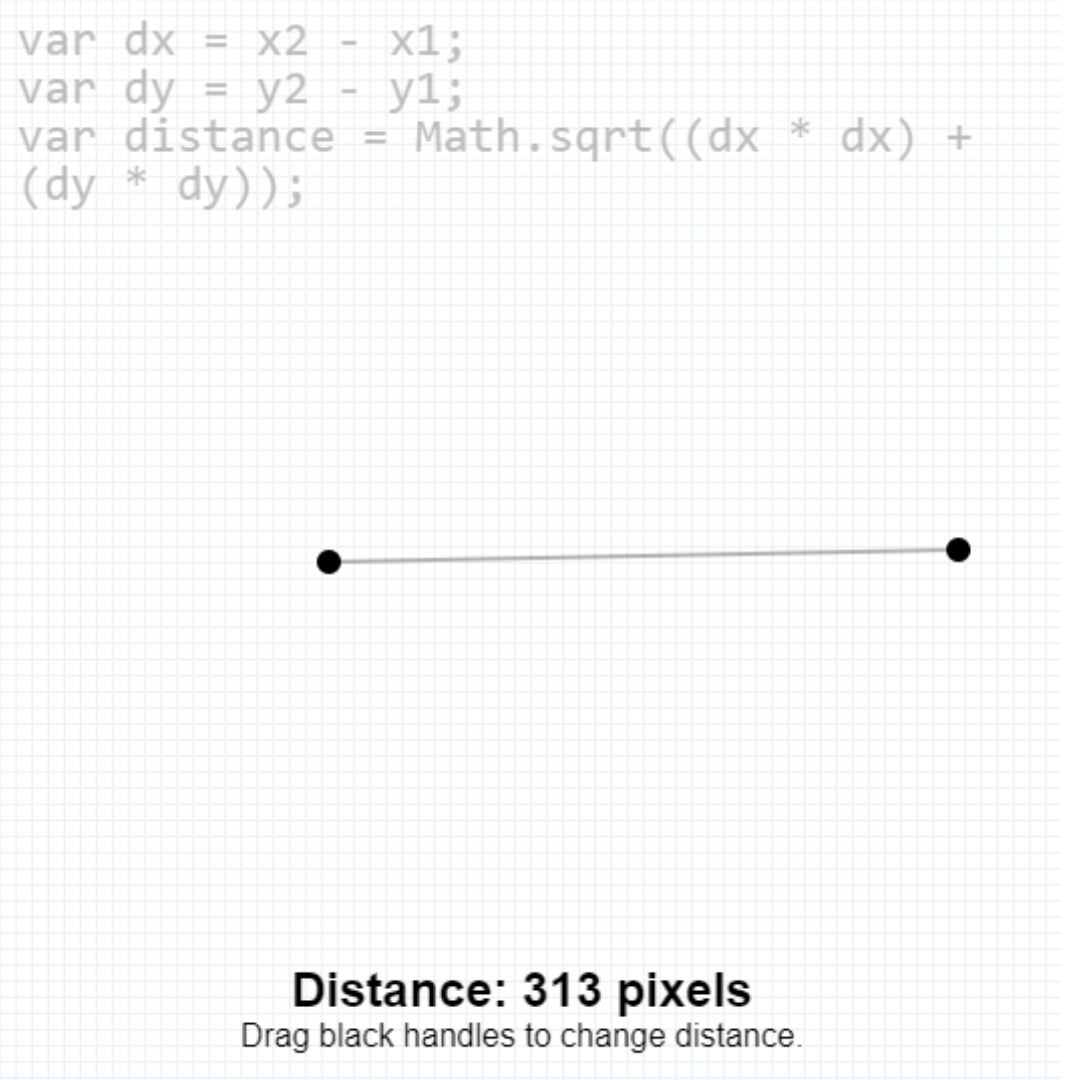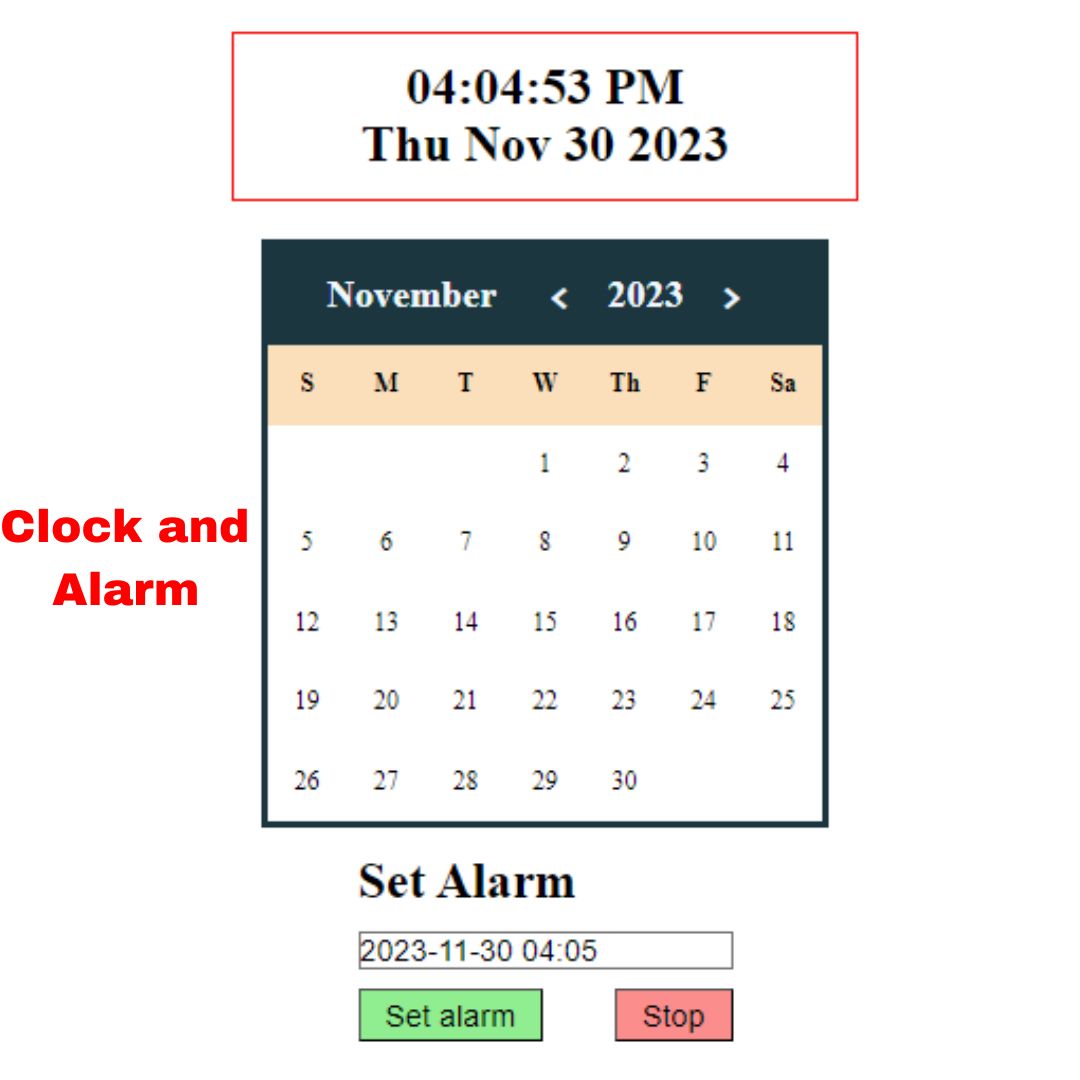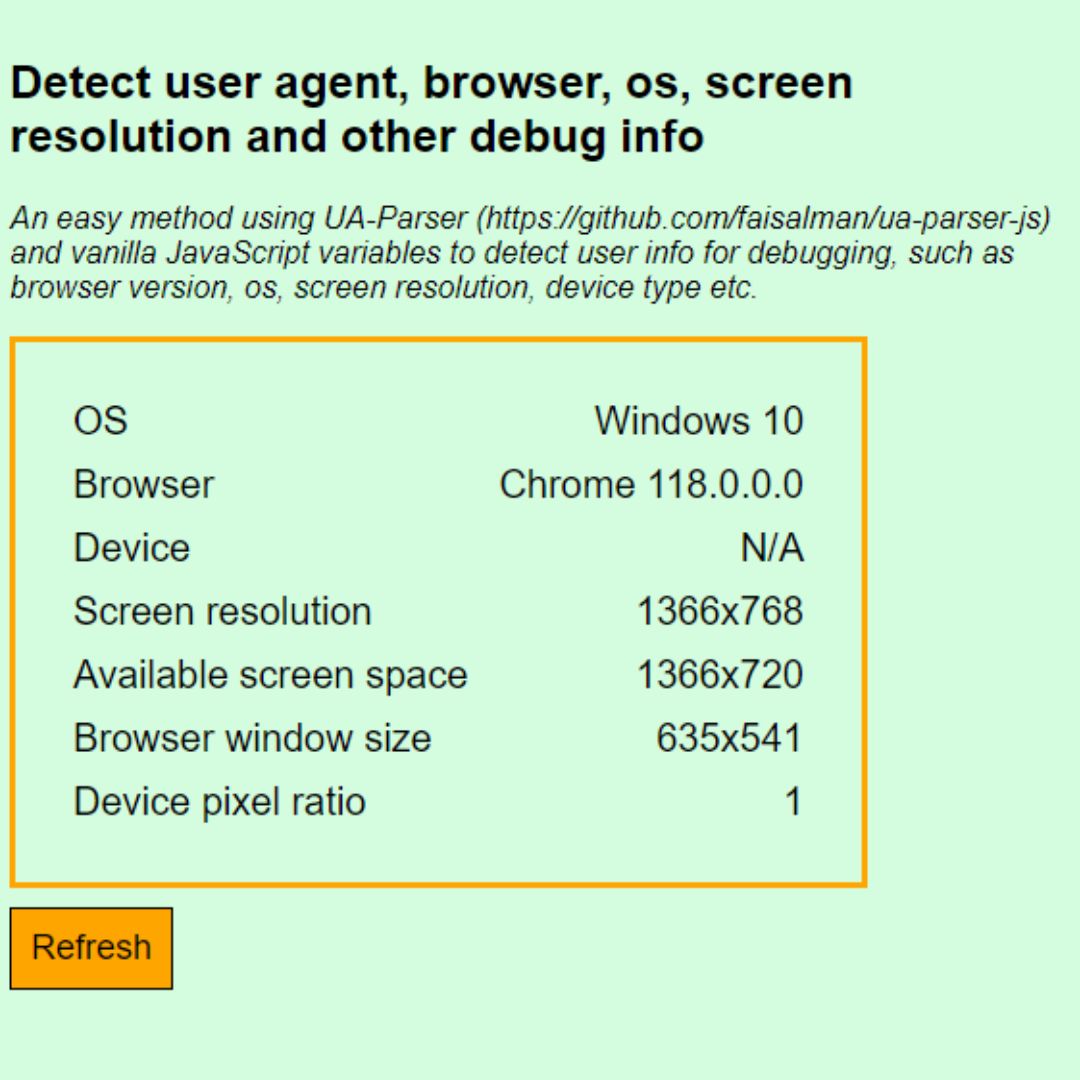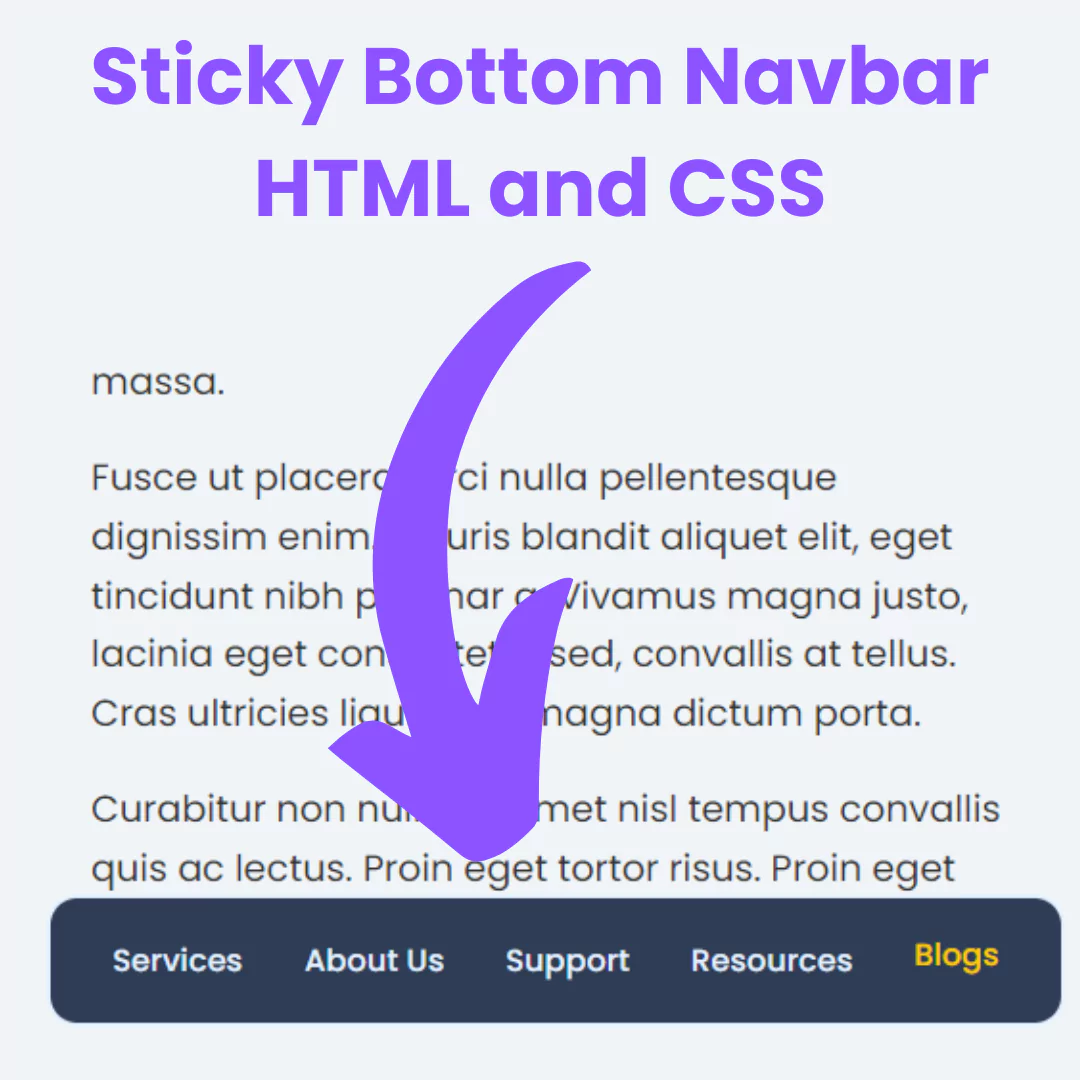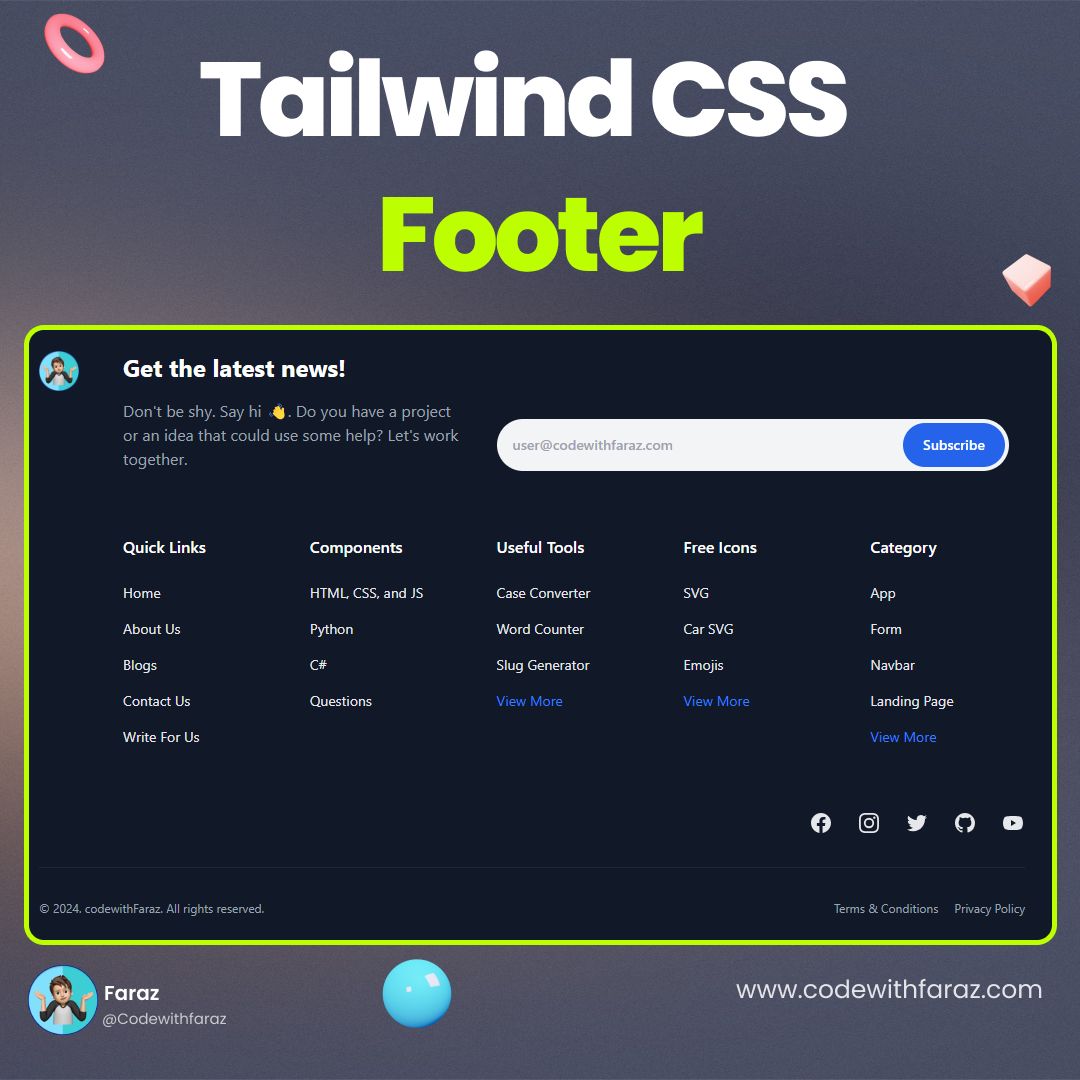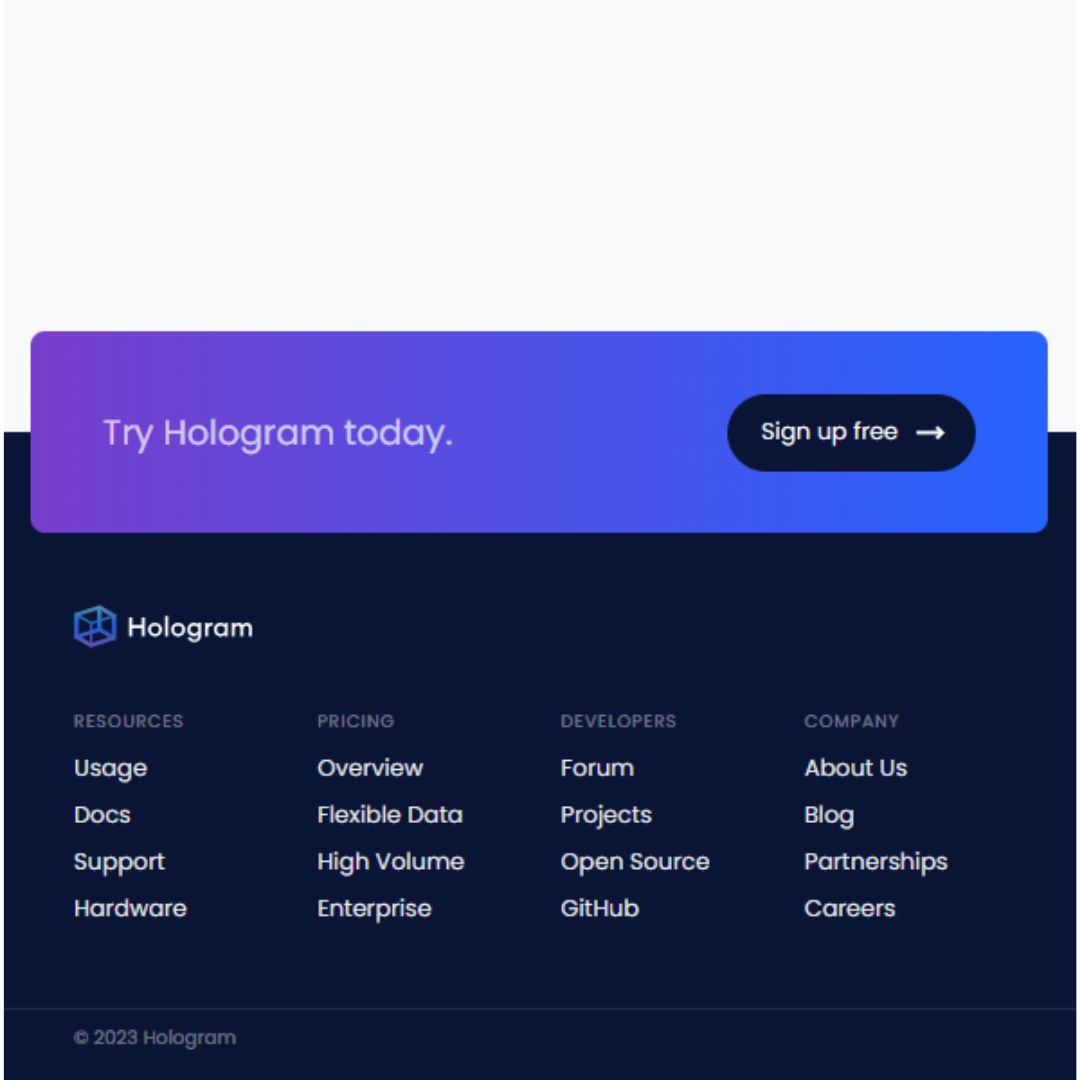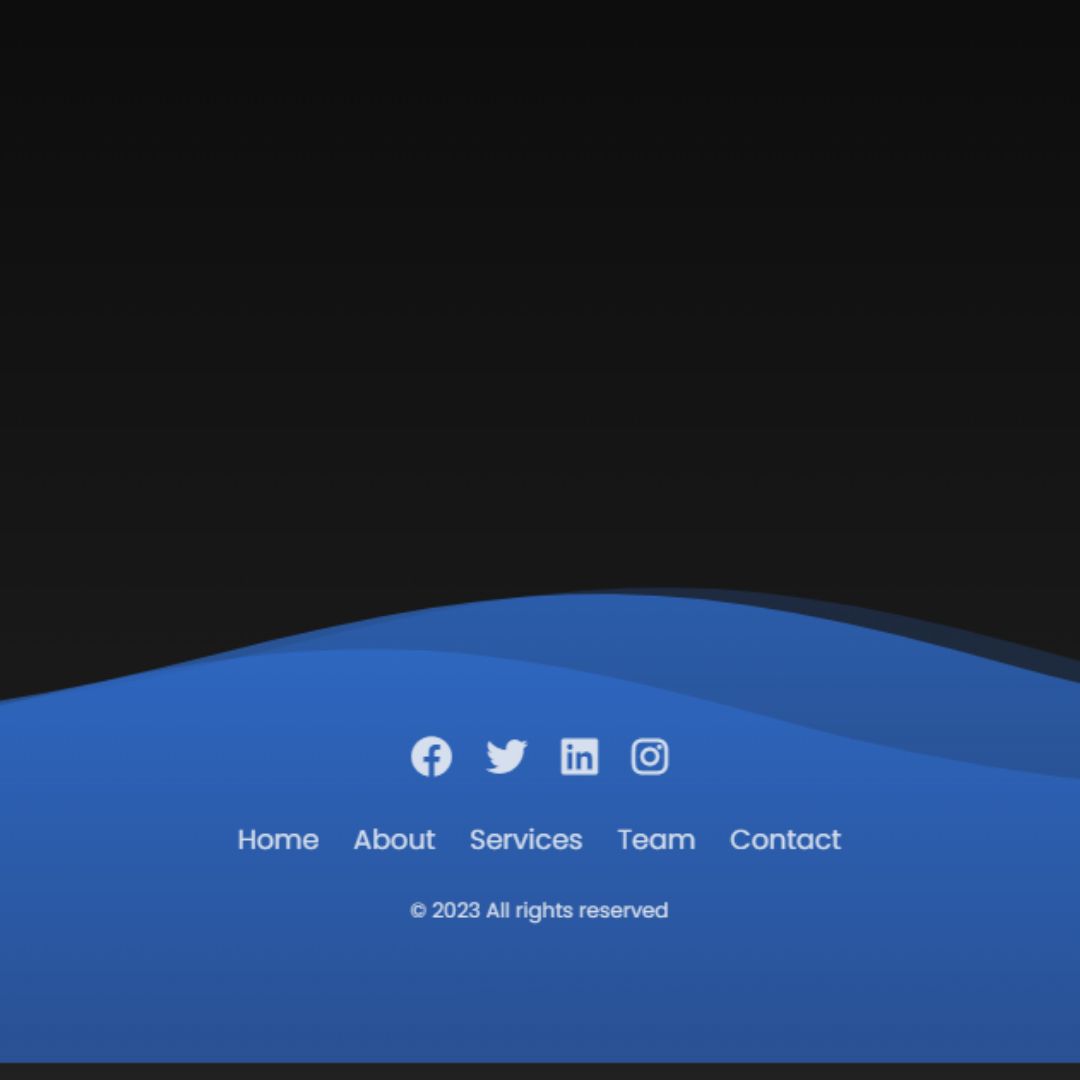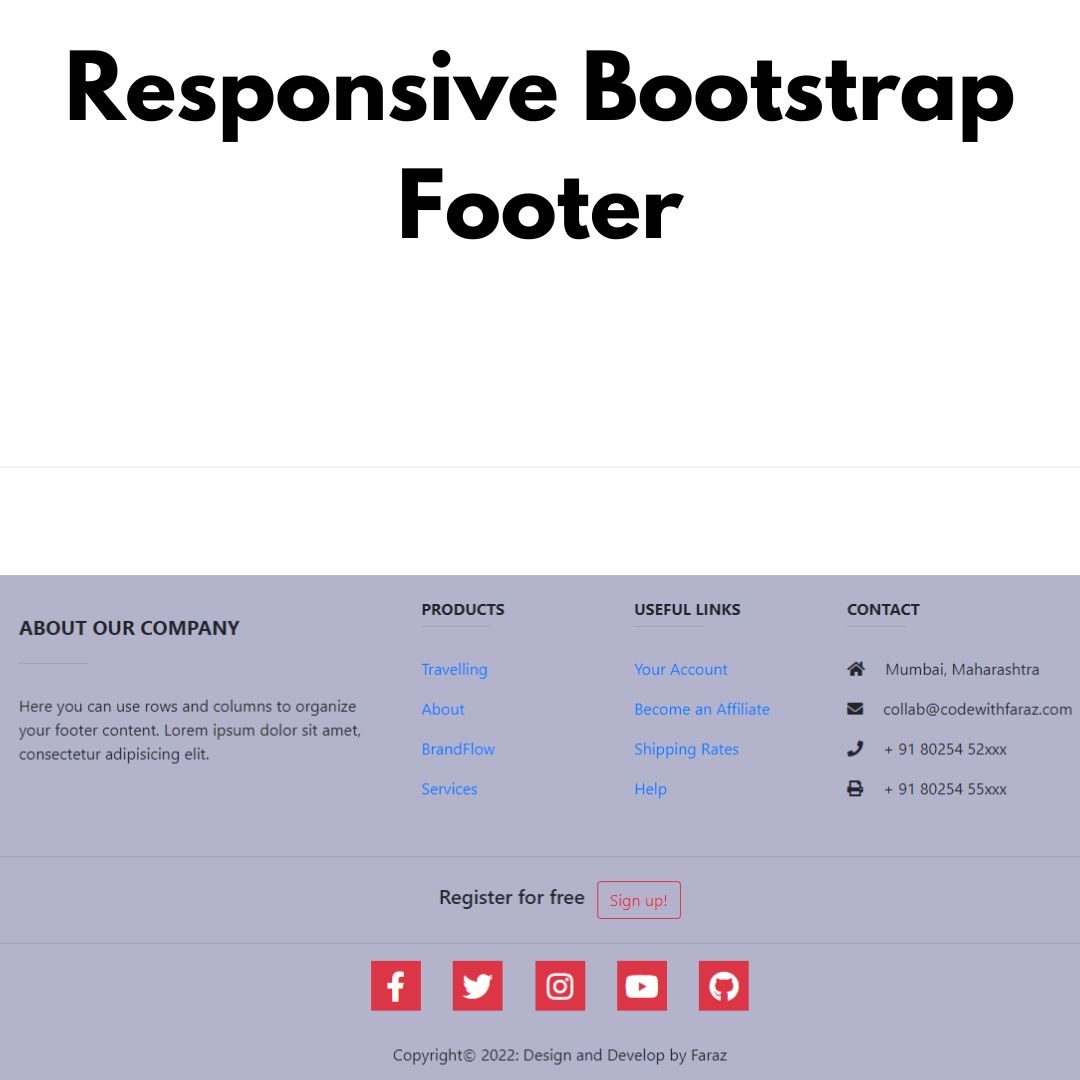Discover the potential of HTML Boilerplate with our comprehensive guide. Learn how to harness its power and optimize your web development projects.

Table of Contents
- Understanding HTML Boilerplate
- Creating Your Own HTML Boilerplate
- HTML Boilerplate in VS Code
- Crafting Your SEO-Optimized HTML Boilerplate
- Conclusion
- FAQs (Frequently Asked Questions)
In this comprehensive guide, we will delve deep into the intricacies of HTML Boilerplate, shedding light on its benefits, best practices, and how it can revolutionize your web projects. Whether you're a seasoned developer or just starting your coding journey, this article will equip you with the knowledge and tools to make the most of HTML Boilerplate.
1. Understanding HTML Boilerplate
What is an HTML Boilerplate?
An HTML boilerplate is essentially a pre-written, standardized template for HTML documents. It includes the basic structure and elements needed for a webpage, such as the <html>, <head>, and <body> tags. Boilerplates serve as a foundation upon which developers can build websites efficiently and consistently.
Benefits of Using HTML Boilerplate
- Efficiency: HTML Boilerplate reduces development time by providing a solid starting point.
- Consistency: It ensures that your web pages adhere to best practices and maintain a consistent look and feel.
- SEO-Friendly: With built-in SEO elements, it boosts your website's search engine ranking.
- Cross-Browser Compatibility: HTML Boilerplate ensures your site looks great on all major browsers.
- Responsive Design: It's designed to adapt seamlessly to various screen sizes and devices.
2. Creating Your Own HTML Boilerplate
Starting with the Basics
Begin with a blank text editor and create a new HTML file. This file will serve as the starting point for your boilerplate.
The Document Structure
In your HTML file, set up the basic document structure:
<!DOCTYPE html>
<html lang="en">
<head>
<meta charset="UTF-8">
<meta name="viewport" content="width=device-width, initial-scale=1.0">
<title>Your Page Title</title>
</head>
<body>
<!-- Your content goes here -->
</body>
</html>
3. HTML Boilerplate in VS Code
In Visual Studio Code, you can create an HTML boilerplate by using the "Emmet" abbreviation and the ! character followed by the Tab key. Here's how to do it:
- Open Visual Studio Code.
- Create a new HTML file or open an existing one.
- In the HTML file, type ! and then press the Tab (or "Enter") key.
Visual Studio Code will automatically expand the ! abbreviation into a basic HTML5 boilerplate, including the necessary HTML structure and tags.
Here's an example of what the expanded code will look like:
<!DOCTYPE html>
<html lang="en">
<head>
<meta charset="UTF-8">
<meta name="viewport" content="width=device-width, initial-scale=1.0">
<title>Document</title>
</head>
<body>
</body>
</html>
This is a quick and convenient way to generate an HTML boilerplate in Visual Studio Code.
4. Crafting Your SEO-Optimized HTML Boilerplate
Now, let's get down to the brass tacks of creating an HTML boilerplate that's not only search engine friendly but also user-centric.
I. Document Type Declaration
Begin your HTML boilerplate with a proper document type declaration to ensure browsers render your page correctly. Use:
<!DOCTYPE html>
II. HTML Structure
Next, create the basic structure of your HTML document using the <html>, <head>, and <body> elements:
<html>
<head>
<!-- Your meta tags, title, and other essential elements go here -->
</head>
<body>
<!-- Your website content goes here -->
</body>
</html>
III. Title Tag
Your title tag is vital for SEO. Make sure it is concise, descriptive, and includes your target keywords:
<title>Your SEO-Optimized Title Goes Here</title>
IV. Meta Tags
Utilize meta tags to provide additional information about your webpage. Include meta descriptions, keywords, and viewport settings for mobile responsiveness:
<meta name="description" content="Briefly describe your content here"> <meta name="keywords" content="Your, Keywords, Go, Here"> <meta name="viewport" content="width=device-width, initial-scale=1.0">
V. Heading Tags
Use appropriate heading tags (h1, h2, h3, etc.) to structure your content hierarchically. This helps search engines understand your content's organization:
<h1>Main Heading</h1> <h2>Subheading 1</h2> <h2>Subheading 2</h2>
VI. Content Section
Craft compelling, informative, and engaging content for your website. Remember, high-quality content is the backbone of SEO:
<p>Your engaging content goes here.</p>
VII. Link Tags
Optimize your links with descriptive anchor text that includes relevant keywords:
<a href="https://www.example.com" title="Visit Example Website">Visit Example Website</a>
VIII. Image Tags
When using images, include descriptive alt attributes to make your content accessible and SEO-friendly:
<img src="image.jpg" alt="Description of the image">
IX. Footer
Finish your HTML boilerplate with a footer that may include copyright information and contact details:
<footer> <p>© 2023 Your Company Name. All rights reserved.</p> <p>Contact: [email protected]</p> </footer>
5. Conclusion
In conclusion, HTML Boilerplate is a game-changer in the world of web development. Its efficiency, consistency, and SEO-friendly features make it an invaluable tool for developers. By harnessing the power of HTML Boilerplate, you can create web pages that stand out, load quickly, and rank high in search engine results. Whether you're a seasoned pro or a beginner, make HTML Boilerplate your go-to template for web development success.
6. FAQs (Frequently Asked Questions)
Q1. What is the purpose of an HTML boilerplate?
An HTML boilerplate provides a standardized template for web development, streamlining the process and ensuring consistency.
Q2. Can I customize an HTML boilerplate to suit my project's needs?
Yes, you can customize an HTML boilerplate by adding or modifying elements to match your project's requirements.
Q3. Do HTML boilerplates improve SEO?
Yes, they do. Boilerplates offer a solid foundation for optimizing meta tags and structuring content for better SEO performance.
Q4. Are HTML boilerplates compatible with different web browsers?
Many HTML boilerplates come with built-in cross-browser compatibility, ensuring a consistent experience across browsers.
Q5. How do HTML boilerplates enhance mobile responsiveness?
HTML boilerplates can include responsive design elements, making your website adapt seamlessly to various screen sizes.
That’s a wrap!
Thank you for taking the time to read this article! I hope you found it informative and enjoyable. If you did, please consider sharing it with your friends and followers. Your support helps me continue creating content like this.
Stay updated with our latest content by signing up for our email newsletter! Be the first to know about new articles and exciting updates directly in your inbox. Don't miss out—subscribe today!
If you'd like to support my work directly, you can buy me a coffee . Your generosity is greatly appreciated and helps me keep bringing you high-quality articles.
Thanks!
Faraz 😊


